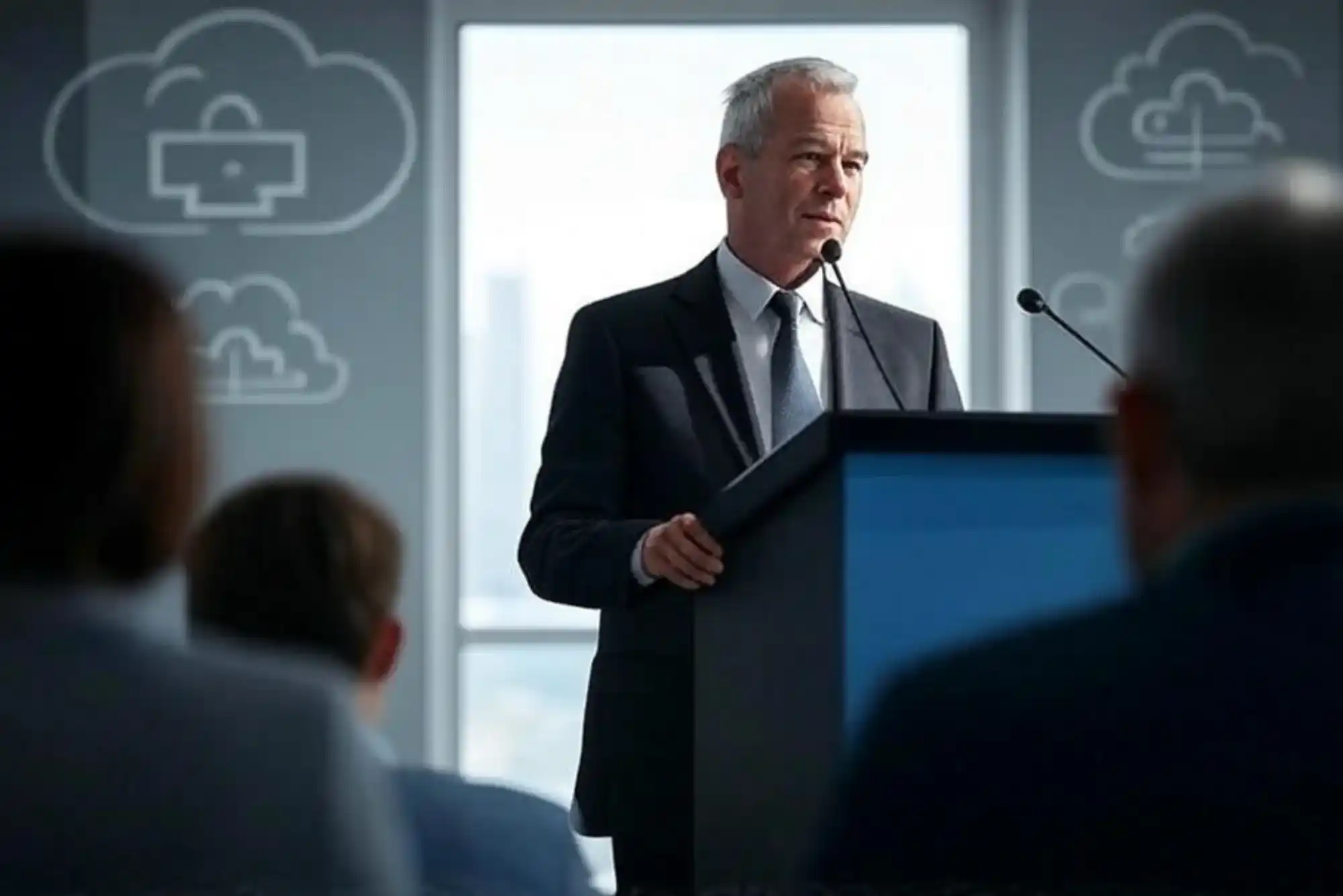Migrating to the cloud, especially through AWS Migration, is a transformative step for any organization. Whether you’re a growing startup or an established enterprise, moving your workloads, databases, or entire IT infrastructure to Amazon Web Services (AWS) brings scalability, security, and innovation. But one question often gets overlooked at the beginning of this journey: Is your organization truly ready for the cloud?
That’s where a cloud readiness assessment becomes invaluable. It’s not just a checklist—it’s a comprehensive evaluation that helps you understand the current state of your IT environment and prepares your business for a smooth and strategic move to AWS.
In this article, I’ll walk you through what a cloud readiness assessment is, why it’s essential in AWS migration, and how Managed Cloud Services can support every step of the process.
Understanding Cloud Readiness Assessment
Let’s start by breaking it down in simple terms. A cloud readiness assessment is a detailed process that analyzes your current infrastructure, applications, workflows, security posture, and operational practices to determine your ability to migrate to the cloud.
Think of it as a diagnostic scan. Just like a mechanic wouldn’t start rebuilding your engine without first running diagnostics, a cloud expert won’t recommend migrating to AWS without understanding your systems. The assessment identifies dependencies, outdated components, compliance issues, cost inefficiencies, and architectural weaknesses.
But more importantly, it reveals opportunities. It helps pinpoint what can be modernized, what should be retired, and what can be optimized during the migration process. Without this step, migrating to AWS can lead to operational disruption, unexpected costs, or worse—failed deployments.
Why Cloud Readiness Matters in AWS Migration
If you’ve ever been part of an IT upgrade or platform change, you’ll know that the smallest overlooked detail can cause delays, budget overruns, or functionality issues. Multiply that by the scale of AWS, and the risk becomes even greater.
When done right, AWS Migration offers immense benefits: elasticity, automation, global infrastructure, and a robust security model. But rushing into it without a readiness assessment is like trying to build a skyscraper on an untested foundation.
The assessment process doesn’t just help identify technical gaps—it also evaluates your organization’s people, processes, and policies. Do your teams have the right skillsets? Are your data governance policies cloud-compatible? Is your security strategy aligned with shared responsibility principles in AWS?
These aren’t just academic questions. I’ve worked with companies that initially viewed cloud migration as a simple “lift and shift.” But once they went through a proper readiness assessment, they realized they needed to upskill staff, redesign some applications, and rethink their cost management strategies. This level of awareness only happens when you truly assess your readiness.
Key Components of a Cloud Readiness Assessment
Although every organization is different, a robust assessment usually involves the following areas:
Infrastructure Review: What servers, storage systems, and networks are in use? Are they virtualized or physical? Are there any legacy systems that might complicate migration?
Application Inventory: Which applications are business-critical? Which can be refactored for the cloud or replaced by SaaS alternatives?
Security and Compliance Analysis: Do your security policies align with AWS best practices? Are you subject to compliance frameworks like HIPAA, GDPR, or PCI-DSS?
Business Objectives: What do you want from AWS? Cost savings? Speed to market? Enhanced analytics capabilities?
Team Skills and Culture: Are your teams ready to manage infrastructure as code, CI/CD pipelines, and cloud-native architectures?
By addressing these aspects in advance, you’re not just preparing your systems—you’re aligning your entire business for cloud success.
How AWS Supports Readiness Assessment
AWS offers tools and frameworks that help guide organizations through readiness assessments. One of the most popular is the AWS Cloud Adoption Framework (CAF), which looks beyond just technical readiness and includes pillars like business, people, governance, platform, security, and operations.
Using the CAF, organizations can build a transformation strategy that aligns with their unique needs. Additionally, AWS partners and certified consultants provide assessments and workshops to evaluate your environment against best practices.
The AWS Migration Readiness Assessment (MRA) is another key tool. It helps businesses identify gaps in skills, processes, and technologies to create a migration plan with clear next steps. MRA is especially useful for enterprises that have large-scale, complex IT environments.
If you’re working with a consultant or a Managed Cloud Services provider, they’ll likely use these AWS-native tools in combination with custom analysis and reporting to give you a clear roadmap.
The Role of Managed Cloud Services in Migration Success
You might be thinking, “This all sounds great, but we don’t have the in-house resources to manage such a complex migration.” That’s where Managed Cloud Services come in.
These are third-party providers who specialize in cloud environments and act as an extension of your team. They don’t just guide you through the readiness assessment—they handle implementation, optimization, security, compliance, and ongoing support.
When working with a Managed Cloud Services provider, your organization gains access to cloud architects, migration experts, DevOps engineers, and security professionals. This eliminates the need to hire and train a full cloud team internally, which can be time-consuming and costly.
I’ve personally seen companies save hundreds of hours and thousands of dollars by partnering with the right managed service provider. One company I consulted with was unsure how to map their hybrid infrastructure to AWS. With the help of a managed service provider, they were not only able to complete a readiness assessment in under two weeks, but also reduce migration costs by over 30% through smarter workload placement and resource optimization.
Post-Assessment: Building Your AWS Migration Roadmap
Once your cloud readiness assessment is complete, the next step is to develop a detailed migration plan. This plan is grounded in the findings of your assessment and includes timelines, responsibilities, technology decisions, and cost estimates.
Some organizations might start with a pilot project—maybe migrating a non-critical application to get familiar with AWS. Others may opt for a phased migration based on business units or workloads. There’s no one-size-fits-all, and your roadmap should reflect that.
Crucially, your migration plan should include milestones for testing, validation, performance benchmarking, and rollback contingencies. Migration is not a one-time event—it’s a process that needs to be carefully managed and monitored.
Managed Cloud Services providers often offer migration-as-a-service packages, which include everything from automated tools to hands-on technical guidance, allowing you to focus on your core business while they handle the complexities.
Conclusion: Cloud Readiness is Your Launchpad
Cloud migration isn’t just about changing platforms—it’s about transforming how your business operates, innovates, and scales. But none of that can happen unless you’re truly ready.
A cloud readiness assessment is more than a preliminary step—it’s the foundation of your AWS Migration success. It ensures that your infrastructure, people, and processes are aligned for the transition and future growth.
By leveraging Managed Cloud Services, businesses gain not only technical expertise but also strategic insight, ongoing support, and peace of mind. Whether you’re planning a full-scale migration or testing the waters with a few workloads, readiness is your launchpad—and AWS is your runway.
Invest the time and effort into assessing your cloud readiness today. Your future in the cloud will thank you for it.

















